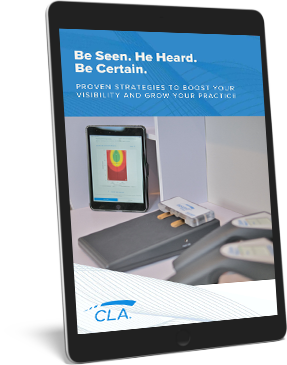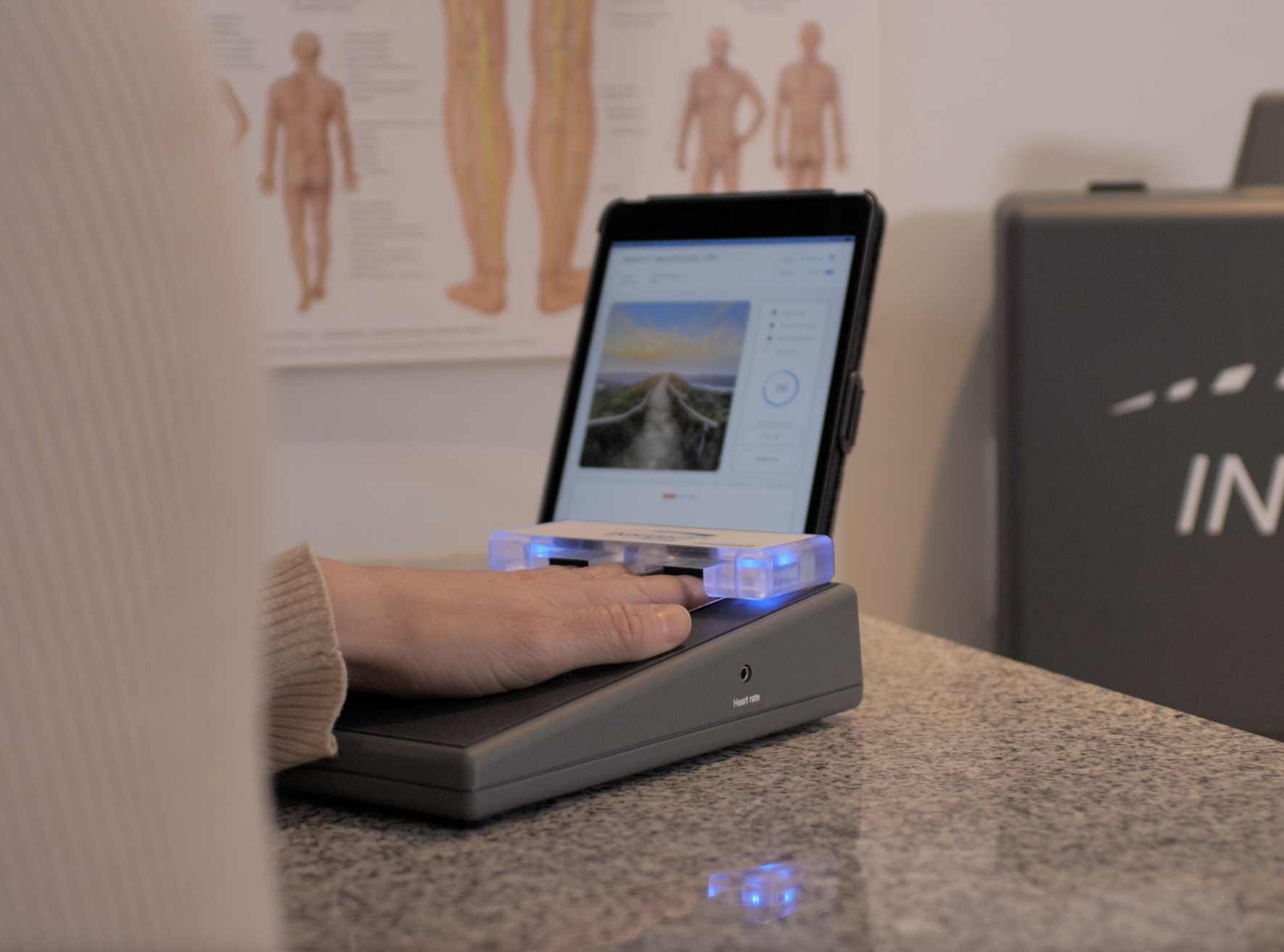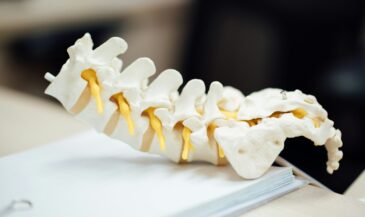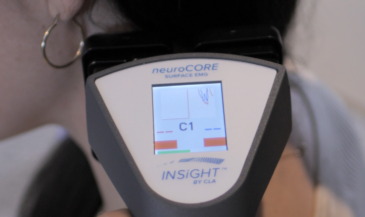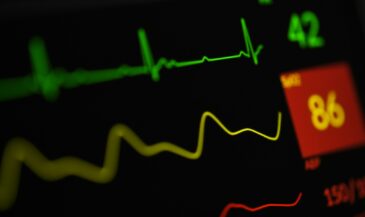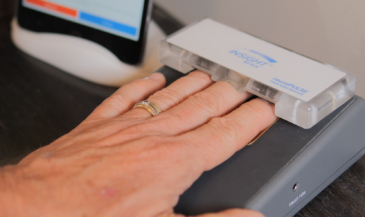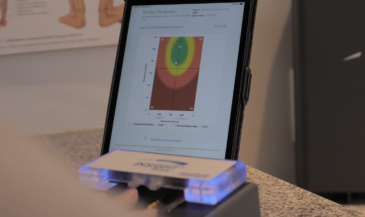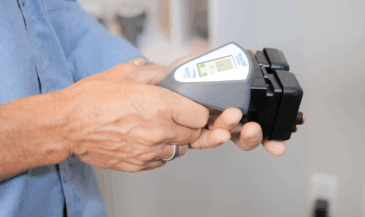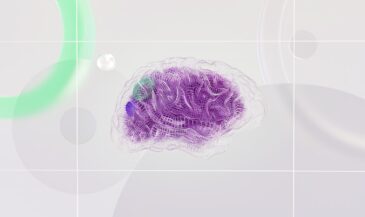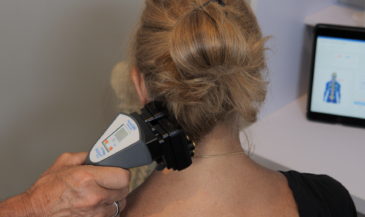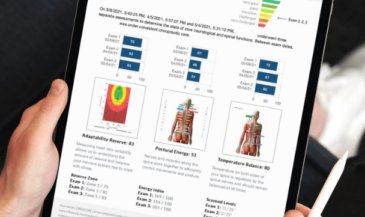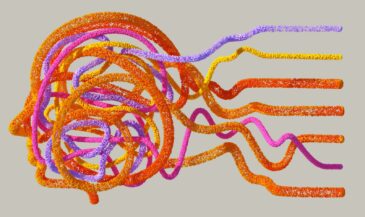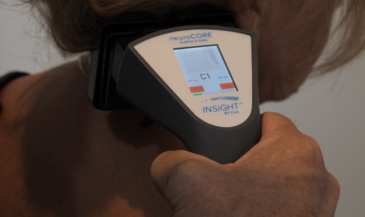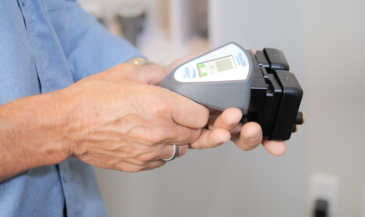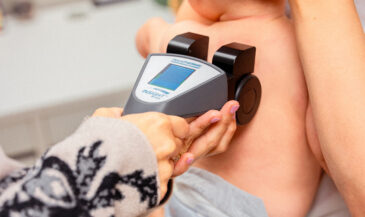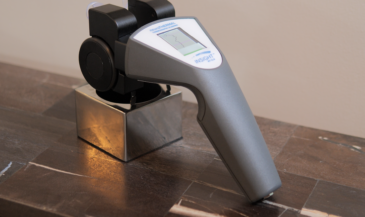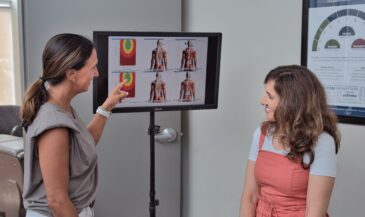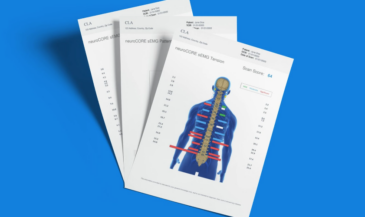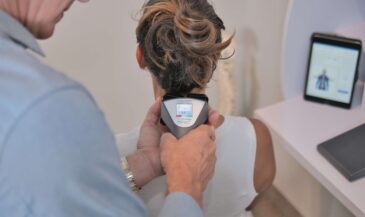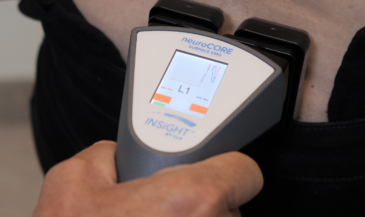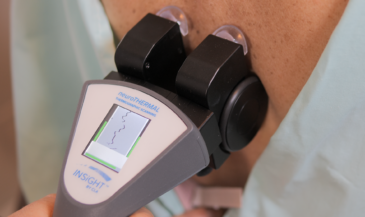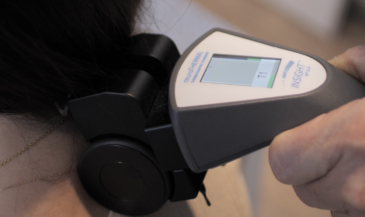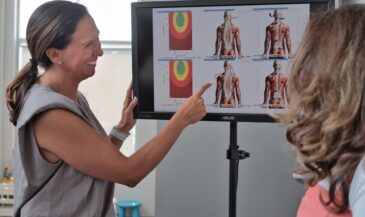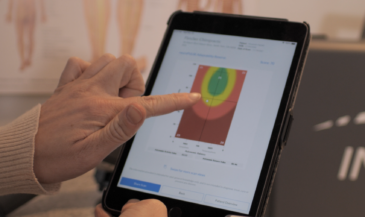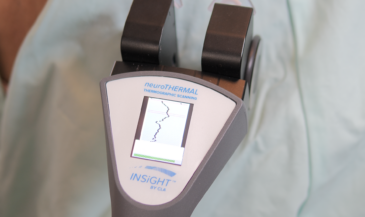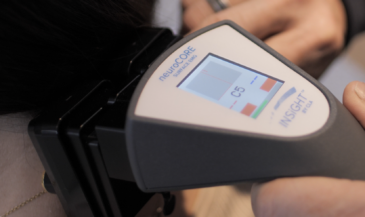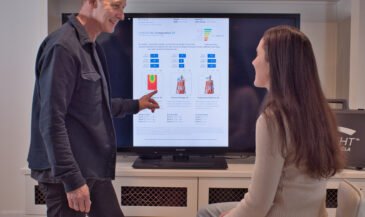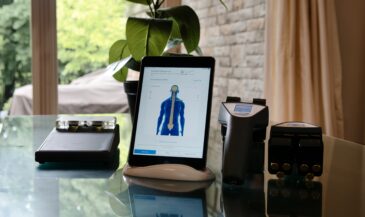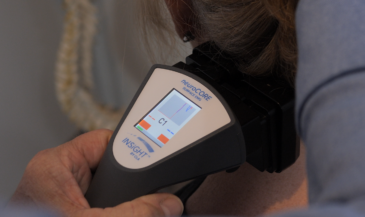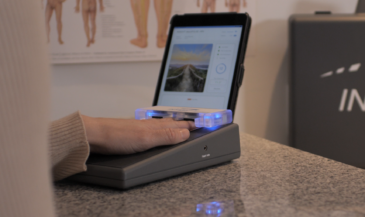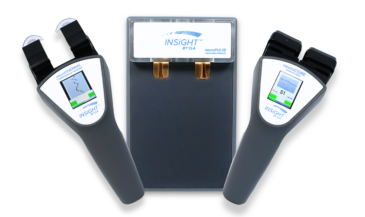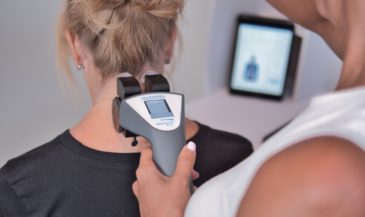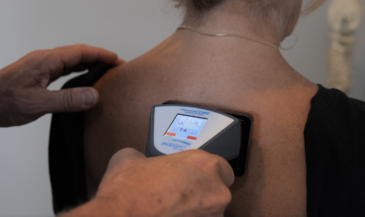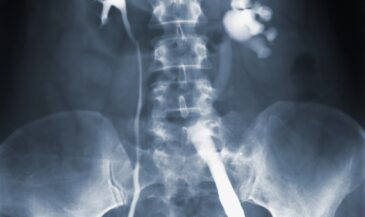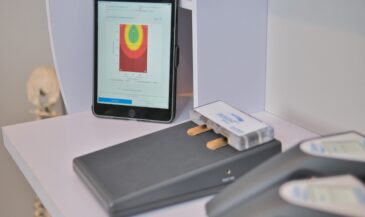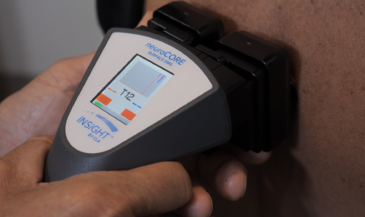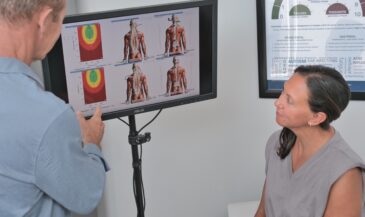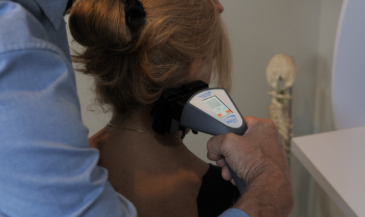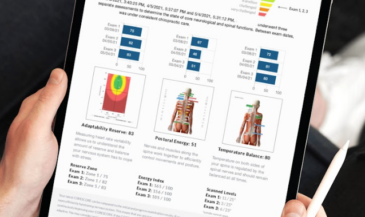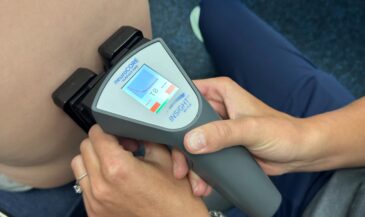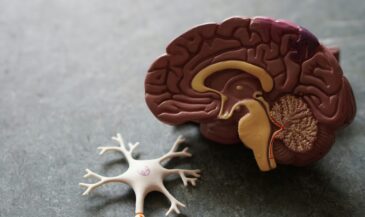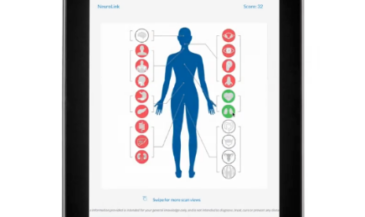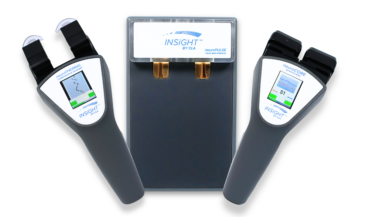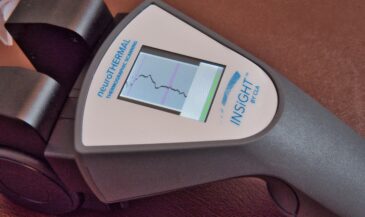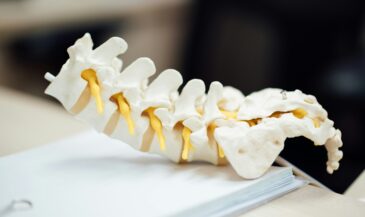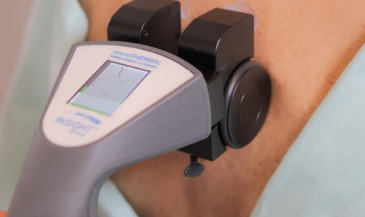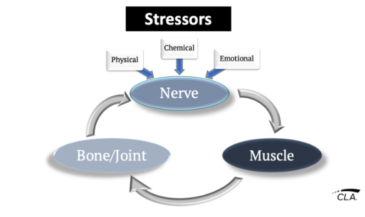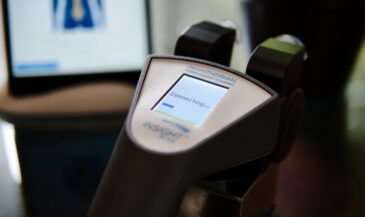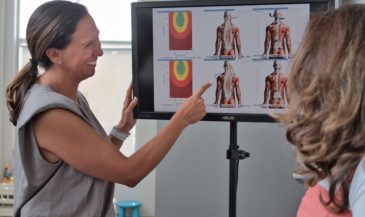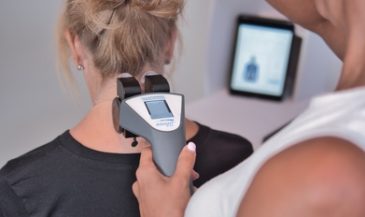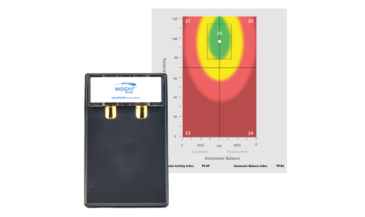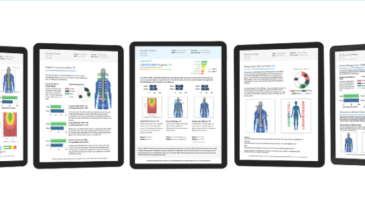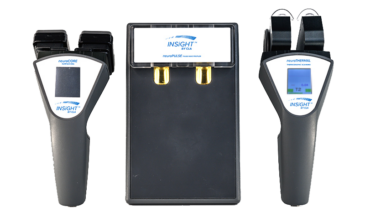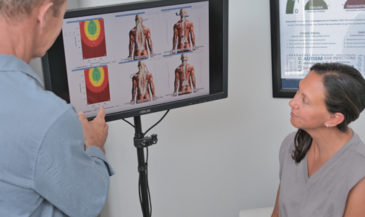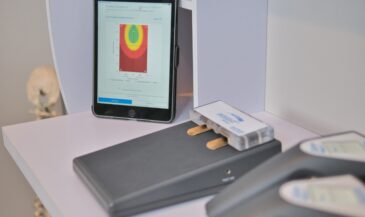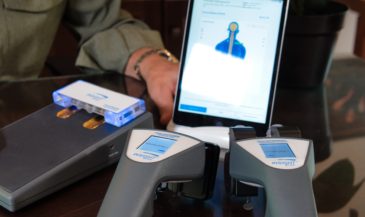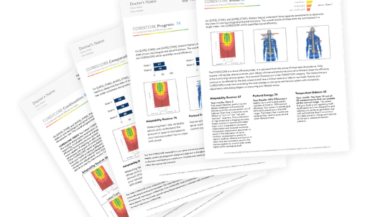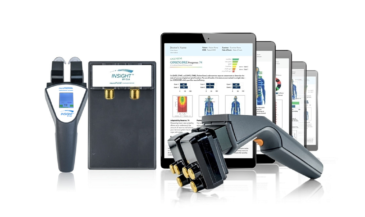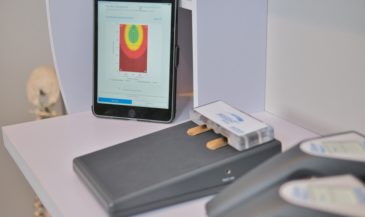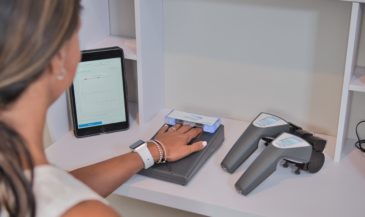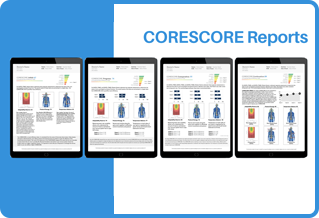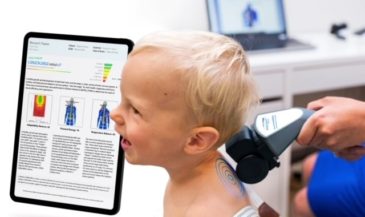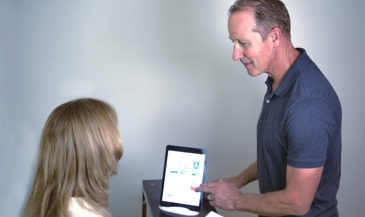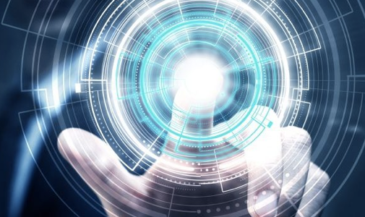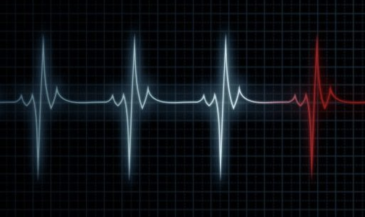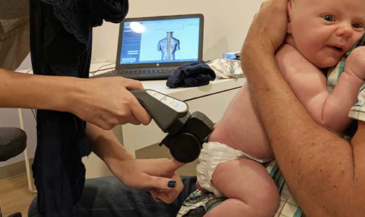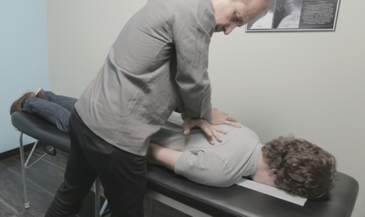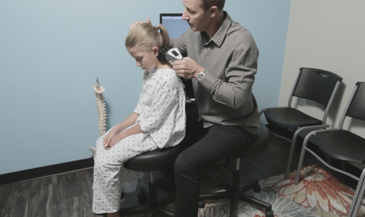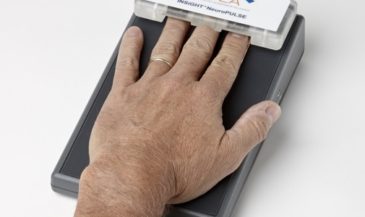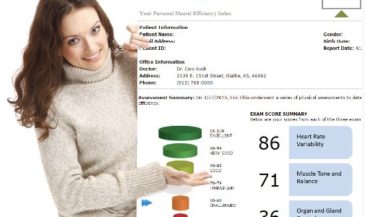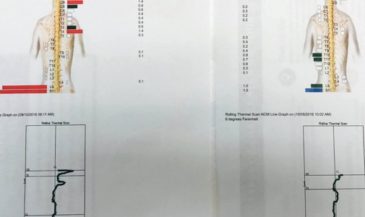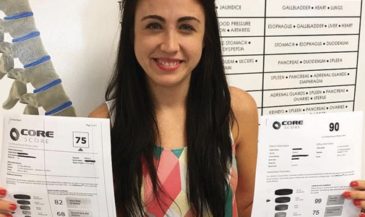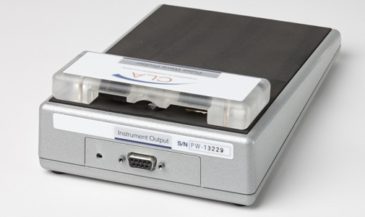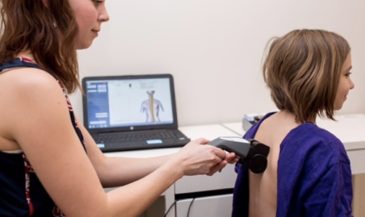Let’s cut to the chase: if you’re still relying solely on X-rays and manual assessments, you’re missing the bigger picture of what’s happening inside your patients’ bodies. The nervous system is the command center for every function in the body. And if you’re not measuring how it’s working, you’re leaving crucial data on the table.
This is where nervous system scanning comes in. It’s not just another tool—it’s the key to unlocking a new level of precision, trust, and results in your chiropractic care. In this article, we’ll cover everything chiropractors need to know about nervous system scanning, from the science behind it to how CLA’s INSiGHT technology makes it simple, effective, and game-changing.
Why Nervous System Function Is the Core of Chiropractic Care
Chiropractic care has always been about more than just adjusting spines. At its heart, it’s about restoring balance and communication within the nervous system. The spine is simply the pathway. If nerve flow is blocked or impaired, the body can’t function properly.
This is why measuring nervous system function is critical. Without it, you’re only addressing part of the problem—and potentially missing the root cause of dysfunction.
What Is Nervous System Scanning and How Does It Work?
Nervous system scanning uses non-invasive technology to assess how well the nervous system is performing. Unlike tools that focus on structure (like X-rays), these scans reveal what’s happening at the functional level.
Key technologies include:
- Surface EMG (sEMG): Measures muscle activity and nerve communication.
- Thermal imaging: Tracks temperature changes along the spine to detect nerve interference.
- HRV (Heart Rate Variability): Evaluates how well the autonomic nervous system is balancing stress and recovery.
By using these tools, chiropractors can identify areas of stress, interference, and imbalance that traditional assessments can’t capture.
Why Traditional Tools Aren’t Enough Anymore
Let’s be honest: X-rays and manual assessments have their place, but they only give part of the story. X-rays show structure, not function. And manual assessments are subjective at best.
Nervous system scanning bridges this gap. It provides objective data on how the body is adapting (or failing to adapt) to stress. This allows you to create targeted care plans that address the deeper issues, not just the symptoms.
The Role of Subluxations in Nervous System Dysfunction
Subluxations aren’t just structural misalignments. They’re signs that the nervous system is under stress. When a vertebra is out of place, it can disrupt nerve communication, leading to everything from muscle tension to organ dysfunction.
Nervous system scanning shows how these subluxations are impacting the body. It’s not just about finding the misalignment—it’s about understanding its effects on overall function.
Tools Used in Nervous System Scanning
Modern nervous system scanning relies on cutting-edge tools to assess different aspects of function:
- Surface EMG (sEMG): Tracks muscle activity and highlights areas of tension or exhaustion caused by subluxations.
- Thermal Imaging: Detects inflammation or nerve interference by measuring temperature variations along the spine.
- HRV Scans: Evaluates stress and recovery balance, showing how well the autonomic nervous system is adapting to daily challenges.
These tools provide chiropractors with a full picture of the patient’s neurological health, enabling more effective care.
Why CLA’s INSiGHT Technology Stands Out
Here’s the deal: not all nervous system scanning tools are created equal. CLA’s INSiGHT technology is the gold standard because it combines three powerful scanning tools into one seamless system:
- neuroPULSE (HRV): Measures the adaptability of the autonomic nervous system.
- neuroCORE (EMG): Tracks muscular tension and exhaustion.
- neuroTHERMAL: Maps out temperature changes that reveal deeper nerve issues.
These tools work together to provide a complete neural profile, changing the focus from “symptoms” to performance and adaptability.
How INSiGHT Scans Improve Care Planning
Let’s face it—patients want to know why they need ongoing care. With INSiGHT scans, you’re not just telling them; you’re showing them.
Here’s how it helps:
- Establish a baseline for nervous system function during the first visit.
- Use follow-up scans to track progress and show how care is working.
- Adjust care plans based on real-time data, ensuring patients get exactly what they need.
This level of precision builds trust and keeps patients engaged.
The Benefits of CORESCORE Reporting for Chiropractors and Patients
The CORESCORE report is one of the standout features of INSiGHT technology. It’s a single-number score that represents the patient’s overall neurological health.
Why this matters:
- It simplifies complex data into something patients can understand.
- It provides a clear way to track progress over time.
- It reinforces the value of chiropractic care by making improvements visible.
Patients love seeing their CORESCORE improve, and chiropractors love the increased retention and trust it brings.
How to Integrate Nervous System Scanning Into Your Practice
Ready to bring nervous system scanning into your practice? Here’s how to get started:
- Invest in CLA’s INSiGHT technology: Start with the full suite—neuroPULSE, neuroCORE, and neuroTHERMAL.
- Train your team: Make sure everyone knows how to use the tools and explain the results.
- Start scanning everyone: Use it during initial exams to establish baselines.
- Track progress: Regular scans show patients how care is improving their health.
With INSiGHT, you’re not just adding a tool—you’re transforming your practice.
Book a call with an INSiGHT Advisor today to learn how you can bring this transformative technology into your chiropractic clinic so you can lead your patients on a journey toward optimal health and wellness.




